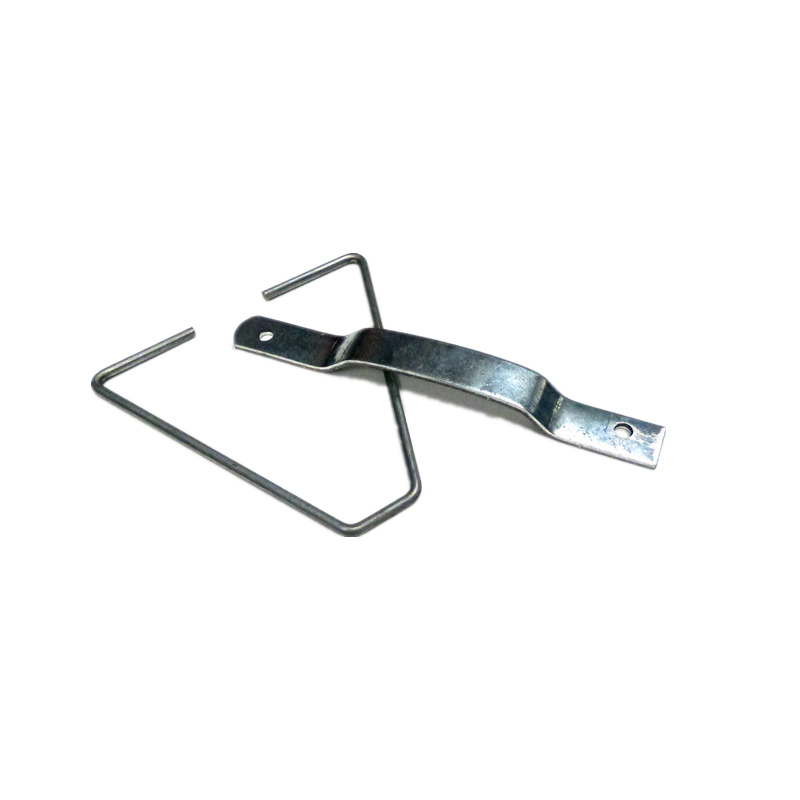
- Mobile Phone
- +8613931874955
- sales@cntcmetal.com
wire pin
Understanding Wire Pins Types, Uses, and Applications
Wire pins, often referred to as wire connectors or terminals, are essential components in electrical wiring and electronic assembly. They provide a reliable means of joining wires, ensuring secure connections that can withstand various environmental conditions. This article will explore the types, uses, and applications of wire pins in different industries.
Types of Wire Pins
Wire pins come in a variety of designs tailored to specific functions. The most common types include
1. Crimp Pins These are designed to be attached to wires by crimping, a process that involves deforming the pin around the wire conductor. Crimp pins offer a strong mechanical connection and are widely used in automotive and industrial applications.
2. Solder Pins As the name suggests, solder pins require soldering to create a connection. This method produces a low-resistance joint and is often utilized in circuit boards and electronic devices.
3. Spring Pins These are designed with a spring mechanism that allows for easy insertion and removal. Spring pins are commonly used in applications where frequent connections and disconnections are needed, such as in testing and prototyping setups.
4. Header Pins Typically used in electronic circuit boards, header pins provide a way to connect various components. They can be single or double-row and are usually paired with female connectors to create a stable connection.
5. Insulated Pins Insulated wire pins come with a coating that prevents electrical contact with other components. This feature is especially crucial in high-density applications to avoid short circuits.
Uses of Wire Pins
Wire pins are utilized in numerous applications across various industries, including
wire pin

- Automotive Industry Wire pins are essential in vehicle wiring harnesses, enabling electrical functions such as lighting, sensors, and power distribution.
- Electronics In consumer electronics, wire pins connect components on circuit boards, facilitating communication and power distribution.
- Industrial Equipment Machinery often relies on wire pins to connect control systems and components, ensuring the equipment operates safely and efficiently
.- Aerospace and Defense Reliable connections are critical in these sectors, and wire pins are used extensively due to their durability and resistance to environmental factors.
Advantages of Wire Pins
The use of wire pins comes with several benefits
- Reliability Properly installed wire pins offer strong connections that can handle vibrations and thermal expansion, making them suitable for high-stress environments.
- Ease of Assembly The design of wire pins allows for quick assembly and disassembly, which is crucial for both manufacturing and maintenance.
- Versatility With various designs available, wire pins can be adapted to suit a wide range of applications, from consumer gadgets to heavy machinery.
Conclusion
In conclusion, wire pins are a fundamental aspect of electrical and electronic systems. With their diverse types and wide-ranging applications, they play a critical role in ensuring reliable connectivity across many industries. Understanding their functions and characteristics can help engineers and technicians make informed decisions when designing and assembling electrical systems. As technology continues to advance, the importance of robust and efficient connections will only increase, solidifying the role of wire pins in modern applications.
share:
-
Why Sacrificial Formwork Is Redefining Underground ConstructionNewsJun.06,2025
-
The Structural Dynamics of Modern Concrete: How Snake Spacers Revolutionize Flexible ReinforcementNewsJun.06,2025
-
Snake Spacers Smart-Lock Concrete Reinforcement with Surgical PrecisionNewsJun.06,2025
-
Snake Spacers: Reinforcement Precision for Modern Concrete ProjectsNewsJun.06,2025
-
Snake Spacers Powering Concrete's Structural DNANewsJun.06,2025
-
Slither into Success: Snake Spacers' Precision Bite for Unbreakable ReinforcementNewsJun.06,2025
-
Sacrificial Formwork: Building Stronger, Faster, and Safer StructuresNewsJun.06,2025



















